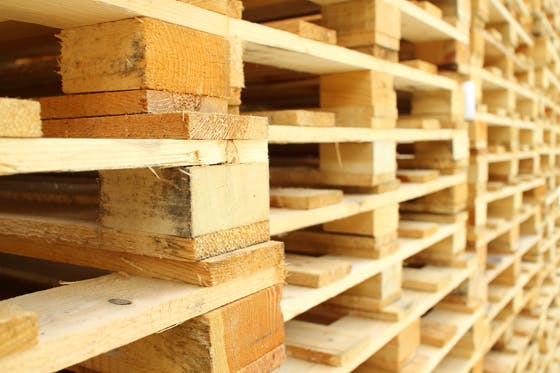Introduction
When it comes to transporting aircraft and their delicate components, the choice of packaging is crucial in ensuring their safe and secure journey. Among various packaging materials available, wood has emerged as a top choice due to its exceptional properties and benefits. In this article, we'll explore the advantages of using wood packaging for aircraft transportation.
1. Strength and Durability
Wooden crates and pallets are renowned for their robustness and ability to withstand heavy loads. Aircraft parts, such as engine components, landing gear, and wings, require secure packaging that can endure the rigors of transportation. Wood's innate strength ensures that sensitive equipment remains protected during handling, shipping, and even unfavorable weather conditions.
2. Shock Absorption
One of the most significant advantages of wood packaging is its natural shock-absorbing properties. As aircraft parts are vulnerable to damage from impacts and vibrations, wooden crates act as a cushion, reducing the risk of costly and potentially dangerous mishaps during transit. This capability is particularly crucial for delicate avionic instruments and electronics.
3. Customization and Flexibility
Wooden packaging solutions can be tailored to meet the specific dimensions and requirements of various aircraft components. Whether it's a custom crate for a fuselage section or a precisely designed pallet for engines, wood can be easily modified to accommodate various shapes and sizes. This flexibility ensures a snug fit, reducing any unnecessary movement during transport.
4. Environmentally Friendly
Sustainable forestry practices and the biodegradability of wood make it an environmentally friendly packaging option. Unlike certain plastics or non-renewable materials, wood comes from a renewable source and can be recycled or repurposed at the end of its lifecycle. By choosing wood packaging, airlines and manufacturers contribute to a greener aviation industry.
5. Cost-Effectiveness
Wooden packaging remains a cost-effective solution for aircraft transportation. Compared to some alternative materials, wood is generally more affordable to procure and manufacture. Moreover, its ease of customization helps reduce the need for excess packaging material, resulting in lower shipping costs.
6. Compliance with International Standards
Wood packaging, when designed and treated correctly, complies with international shipping regulations, such as ISPM 15 (International Standards for Phytosanitary Measures). These standards aim to prevent the spread of pests and diseases through wood packaging materials used in international trade. By adhering to these guidelines, wooden packaging ensures smooth customs clearance and global shipment feasibility.
Conclusion
Wooden packaging has proven to be an excellent choice for the transportation of aircraft and their components. Its strength, shock absorption capabilities, flexibility, and cost-effectiveness make it an attractive option for airlines, manufacturers, and freight forwarders alike. Moreover, its eco-friendly nature aligns with the growing focus on sustainable practices in the aviation industry. By opting for wood packaging, stakeholders can ensure the safe and secure delivery of aircraft and contribute to a greener, more efficient aviation sector.
